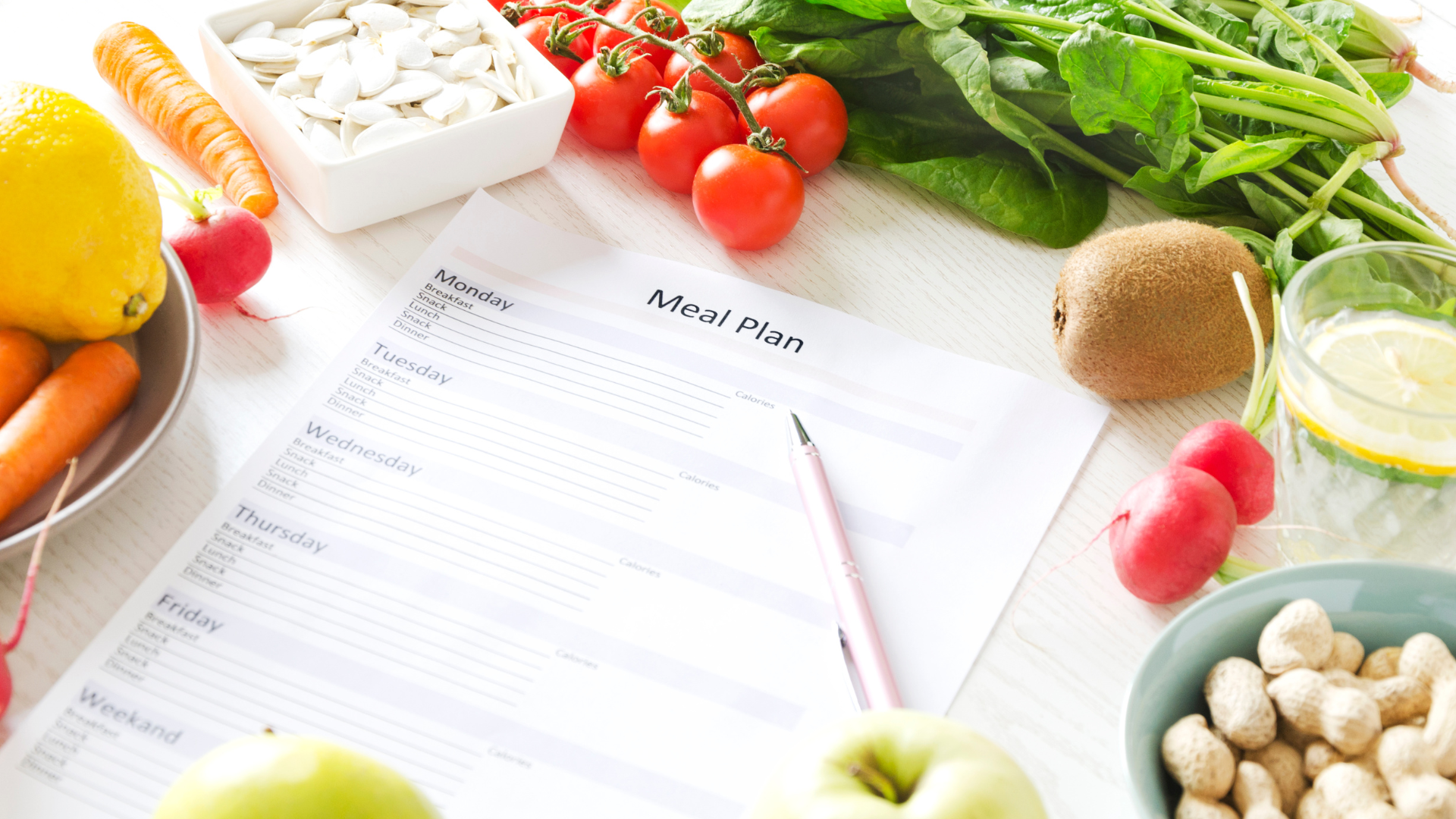Dietary fiber is associated with improving heart disease, lower blood cholesterol and protecting against other cardiovascular risk factors. But did you know fiber is also helpful for people with Type 2 diabetes. Dietary fibers can help minimize blood sugar spikes and are a part of a healthy diet to help control blood glucose levels. But how much fiber do people with diabetes actually need? And what are the best sources of fiber for controlling blood sugar? We answer these and other questions and tell all you need to know about fiber and Type 2 diabetes.
What is Fiber
Dietary fiber is the portion of plant foods that can’t be fully digested the body. Fibers are complex carbohydrates, such as polysaccharides and oligosaccharides, but don’t cause blood sugar increases since the fiber can’t be absorbed by the body.
Fibers is commonly categorized as either soluble or insoluble fiber.
Soluble Fiber
Soluble or viscous fiber absorbs or binds with water to form a gel-like substance during digestion. This then slows the absorption of food and ferments in the colon.
Common sources of soluble fiber include oat bran, beans and seeds as well as certain fruit. (We go over more fiber foods further below)
Insoluble Fiber
Insoluble fibers don’t dissolve in water and adds bulk in the colon. This bulk helps prevent constipation and increase bowel movements by pushing things through the stomach and intestines.
Common sources of insoluble fiber include many leafy green raw vegetables, wheat bran and other whole grains. (We go over more fiber foods further below)
Health Benefits of Fiber
Cardiovascular Health
Several studies have shown that having a higher dietary fiber intake is correlated with lower rates of coronary heart disease, vascular disease and stroke.
More studies are needed to document the exact cause and effect of fiber intake and reduced heart disease. However, it’s understood that fiber helps reduce heart disease risk through different ways such as improving blood lipids, lowering blood pressure and improving insulin sensitivity.
Cholesterol and Fat
Soluble fiber can also lower cholesterol levels by a modest amount. The viscous, gel-like substance that forms from soluble fiber binds to fat and cholesterol, and carries them through the digestive system.
This analysis of 67 studies found that various soluble fibers had reduced total cholesterol and LDL by small amounts.
Gut Health
Certain kinds of fiber are prebiotic which ferment in the digestive tract and feed the good bacteria the gut. Prebiotic and probiotic foods increases the diversity of the gut microbiome which can decrease inflammatory conditions.
Studies have linked dietary fiber intake to preventing colorectal cancer and tumors.
Fiber and Blood Glucose
Dietary fiber can improve key health markers for people with diabetes. Soluble fiber turns into a gel-like substance which slows digestion of food including absorption of carbs.
This has the effect of flattening after-meal blood sugar increases and helps keep Hemoglobin A1C (A1C) levels under control.
And while fiber is technically a carb, it’s not digested by the body. So dietary fiber doesn’t raise blood sugar levels like simple carbs do.
How Much Fiber do People with Diabetes Need?
The American Diabetes Association (ADA) recommends that the regular fiber intake goal set by the USDA Dietary Guidelines for Americans (DGA) is sufficient for people with diabetes.
Based on the 2020-2025 DGA, the minimum daily fiber intake goal is 14 grams of fiber per 1,000 calories consumed. For adults 18 and over, this would be between 22 – 34 grams of fiber per day.
But what about a high fiber diet?
Studies on high fiber diets and blood sugar control have shown only modest results.
This 2012 analysis reviewed 15 studies involving people with diabetes and dietary fiber intake. The participants consumed between 4 to 40 grams of fiber and on average, A1C was reduced only by -0.26%.
Also, this randomized control study had participants with Type 2 diabetes consume either a low glycemic index (GI) legume diet or whole wheat products for three months. The low-GI legume diet reduced A1c by −0.5% and the high wheat fiber diet reduced A1C by −0.3%.
Given these modest reductions, high fiber intake alone likely won’t get your blood sugar levels within normal range. Plus you run the risk of bloating, gas and upset stomach from eating too much fiber.
Getting you daily fiber intake
We know that soluble fiber can help with blood sugar control. But the best sources of soluble fiber should be from whole foods and minimally processed whole grains.
Whole foods not only contain fiber but other important vitamins and minerals. Also, you want to choose lower carb sources of fiber to minimize blood sugar spikes.
Below are some lower carb options and their fiber content (grams of dietary fiber per 1 cup servings) based on the USDA food database.
Vegetables
- Brussel sprouts: 4g / 11g total carbs
- Collard greens: 8g / 11g total carbs
- Acorn squash: 9g / 30g total carbs
- Artichoke: 10g / 20g total carbs
- Butternut squash: 6.5g / 21g total carbs
Fruit
- Raspberries: 8g / 15g total carb
- Guava: 9g / 24g total carb
- Avocados: 15g / 20g total carbs
- Passion fruit (granadilla): 25g / 55g total carbs
Legumes, Seeds and Nuts
- Hazelnuts: 13g / 23g total carbs
- Almonds: 18g / 31g total carbs
- Red kidney beans: 16g / 39g total carbs
- Lentils: 16g / 38g total carbs
- Navy beans: 19g / 47g total carbs
- Flaxseeds: 45g / 49g total carbs
- Chia seeds*: 34g / 42g total carbs (*per 100g serving)
Whole Grains
- Wild rice: 3g / 35g total carbs
- Oat bran : 6g / 25g total carbs
- Quinoa: 5g / 39g total carbs
- Pearled barley: 6g / 44g total carbs
Supplementing with Fiber
Getting your regular fiber intake from whole foods is ideal but we know that’s not always possible. Taking fiber supplements is one way to increase your dietary fiber when you don’t have access to the right foods.
A fiber supplement can be a pill, capsule, powder or even a chewable tablet. And they can be made from different sources with the most common from psyllium husk, inulin, and methylcellulose.
Fiber supplements are generally safe but remember that too much fiber consumption can cause bloating, gas or other side effects. Be sure to follow usage instructions and drink plenty of liquids when supplementing with fiber.
Summary
The health benefits of fiber are well known including for people with Type 2 diabetes. Having fiber daily should be part of your diabetes care since it can slow absorption of carbs and there are many low-carb fiber options. Plus high fiber foods can help prevent cardiovascular disease, lower cholesterol, and benefits gut health.
But be careful about eating too much fiber (e.g. over 50 g per day). Increasing fiber intake may not lower your blood sugar as much as you think. And you run the risk of bloating, gas or upset stomach.
Remember, healthy living and diabetes care doesn’t have to be complicated. Focus on eating whole foods and you’re likely to get enough daily fiber. And if you remember to stay active and exercise regularly, you’ll make big gains when it comes to taking control of Type 2 diabetes, naturally.





